Thoughts of spring have begun in earnest, though the seemingly interminable second half of winter remains. I will be at least slightly encouraged once the still inches thick blanket of snow and ice melts and average temperatures for the season return, but neither appears imminent.


While several dogwoods were added to the garden in the past year, plans to add magnolias brought mixed success. I am quite excited, anticipating yellow flowers of a ‘Yellowbird’ planted at the corner of the koi pond after a huge Blue Atlas cedar was removed. The difference in mass from cedar to smaller magnolia is very evident, and while ‘Yellowbird’ is eight feet tall it will be a few years before it fills the space satisfactorily. But in the end, the bright yellow flowers will be a welcome addition in close proximity to white flowers of the shrubby ‘Royal Star’ and much taller ‘Merrill’.

I was only slightly concerned that branches of the pale yellow flowered ‘Elizabeth’ were severely bent in the recent clinging snow. The tree is far too tall for me to shake snow loose, but within a few days it mostly returned to its previous form. Not that I was headed anywhere, but for two days after the snowfall the driveway was completely blocked by low arching, snow covered branches of the ‘Jane’ magnolia and one ‘Seriyu’ Japanese maple that interlock over the drive.
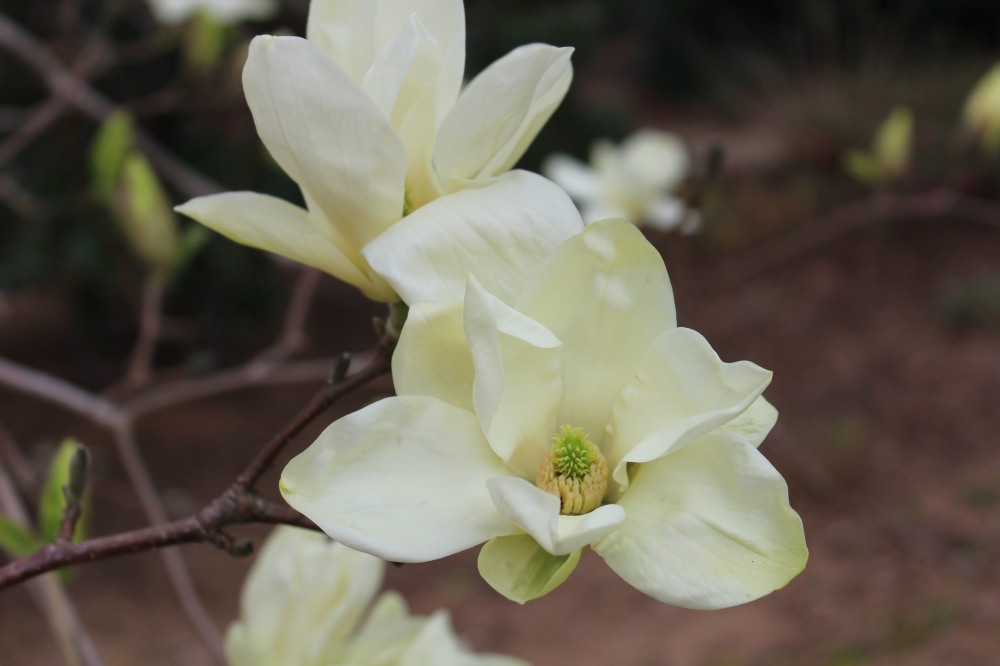
Three evergreen magnolias miraculously made it through the heavy snow without a problem, and two partially evergreen sweetbay magnolias that were bent to the ground have straightened considerably. They’ll be okay, and the recent short bout of ice didn’t result in any problems.

With the snow now less of a problem (though still on the ground, covering flowers of snowdrops and hellebores), one of the disappointments of the past year was the loss of a small Siebold magnolia. I haven’t a clue what happened. There were leaves, but then a sudden decline, and no doubt I did not pay proper attention, with a lack of water always being the primary suspicion when a new, small plant perishes.
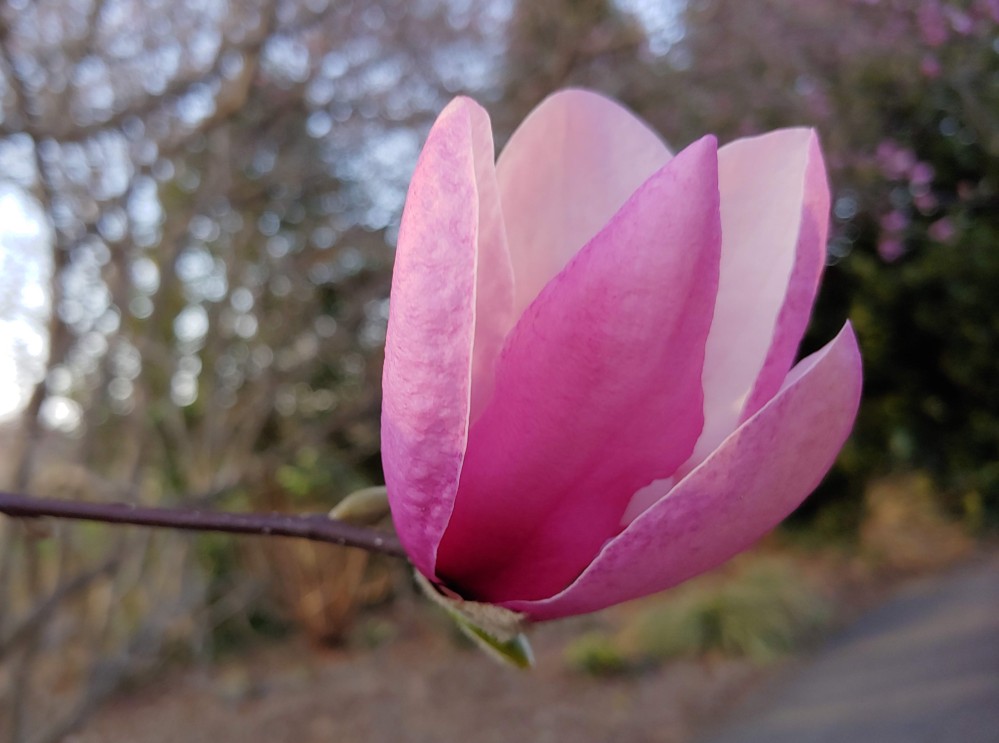
I long sought a Siebold magnolia, a small tree that is not overly common, and this is what convinced me to purchase the small tree despite my general and realistic caution against planting small trees that are prone to failure if neglected. I could, and probably should have planted the magnolia in a pot for a year or two, but an ideal spot became available, and if I didn’t plug the Siebold into it who knows when I’d find a suitable, properly prominent position.
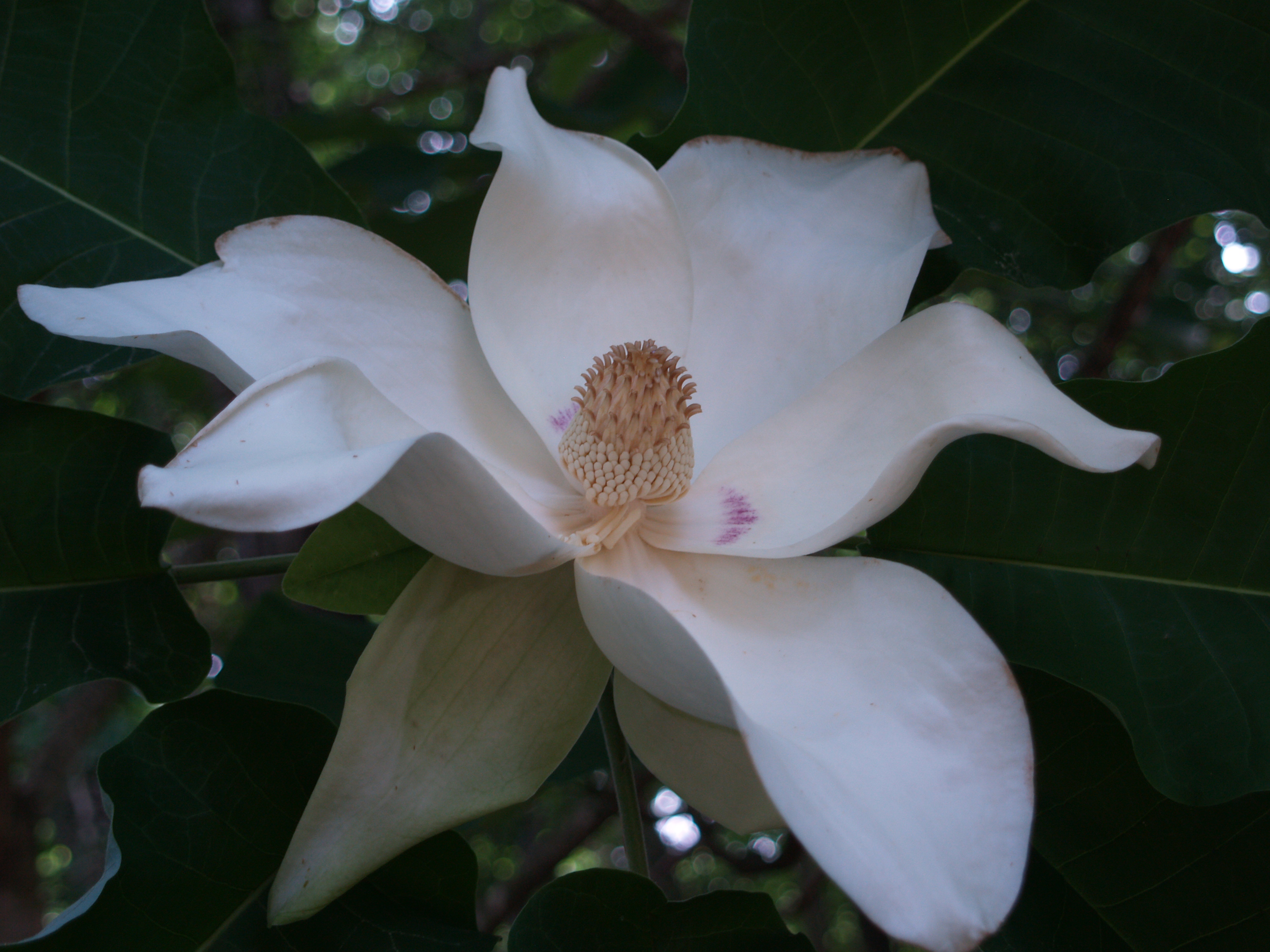
In any case, the small magnolia was finally pronounced dead, and conveniently this space was filled by the evergreen, and much larger ‘Empress of China’ dogwood. I’ll watch for another Siebold magnolia, but in the short term the dogwood is likely to be a better choice so I am not continually annoyed by a sore thumb that is too short to make the impact of the garden’s other magnolias.
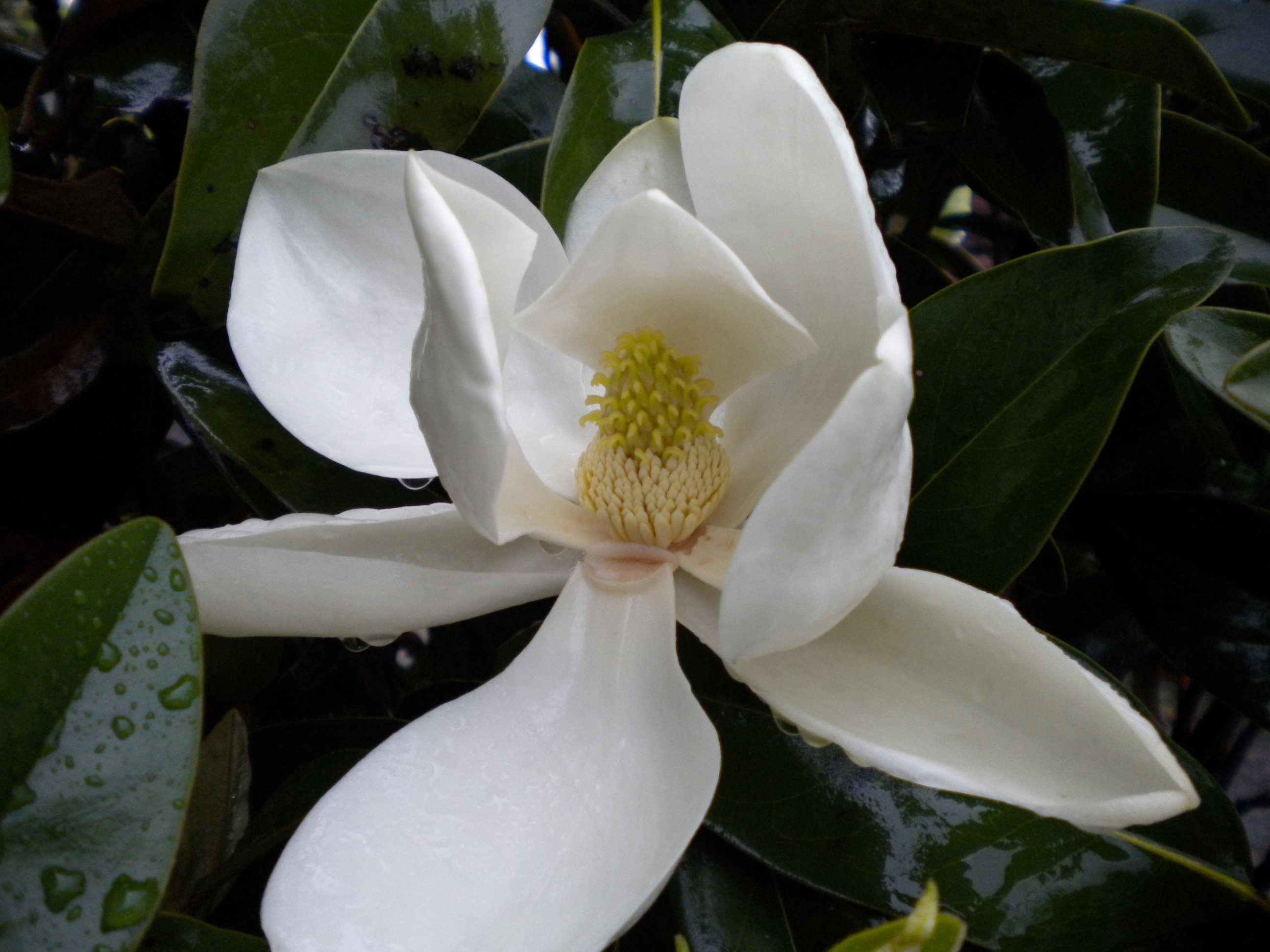
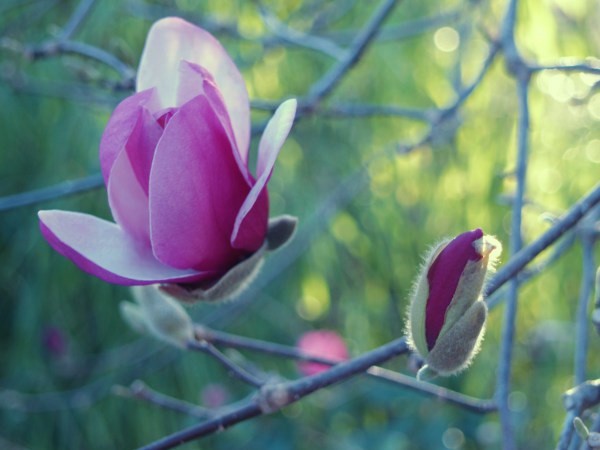
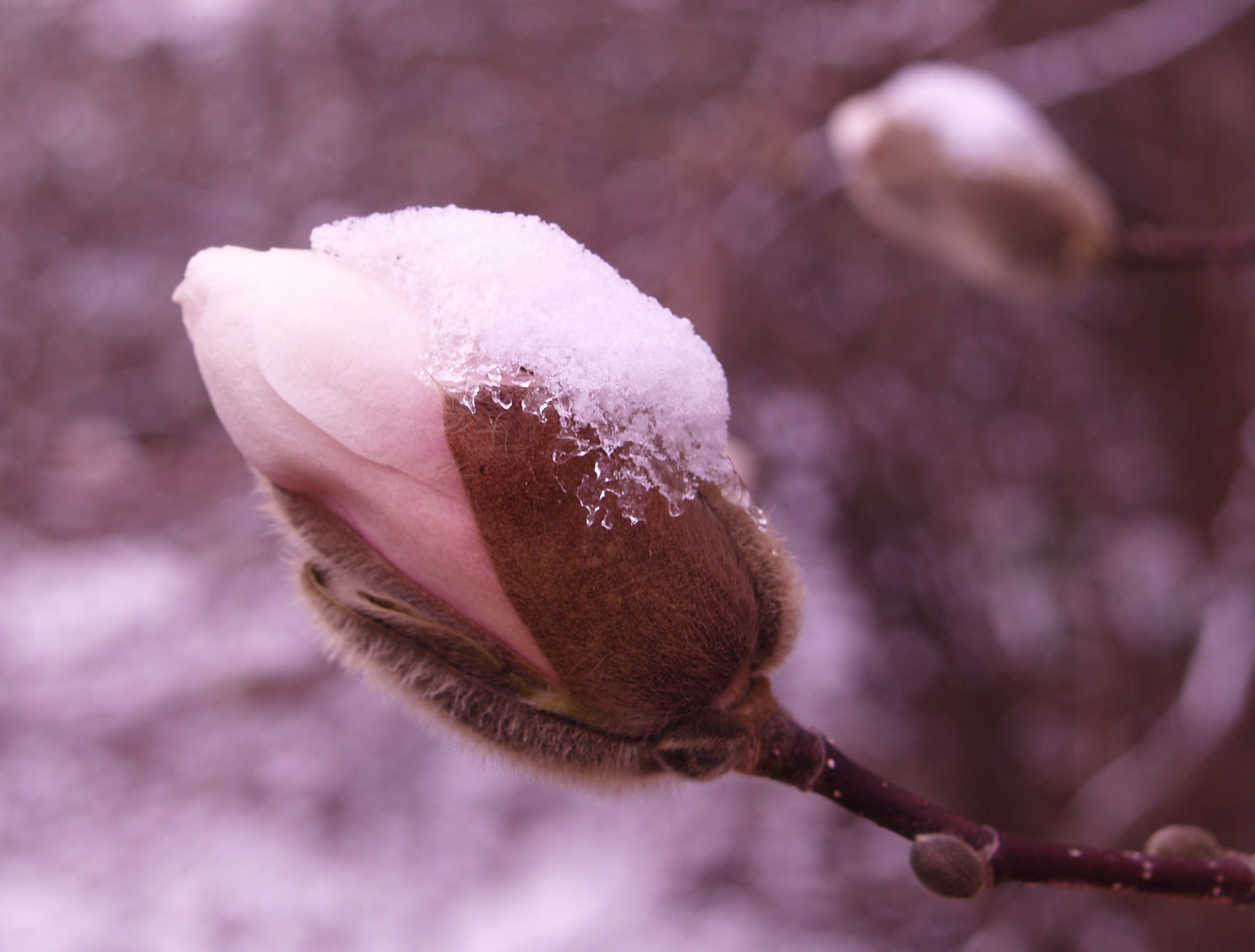
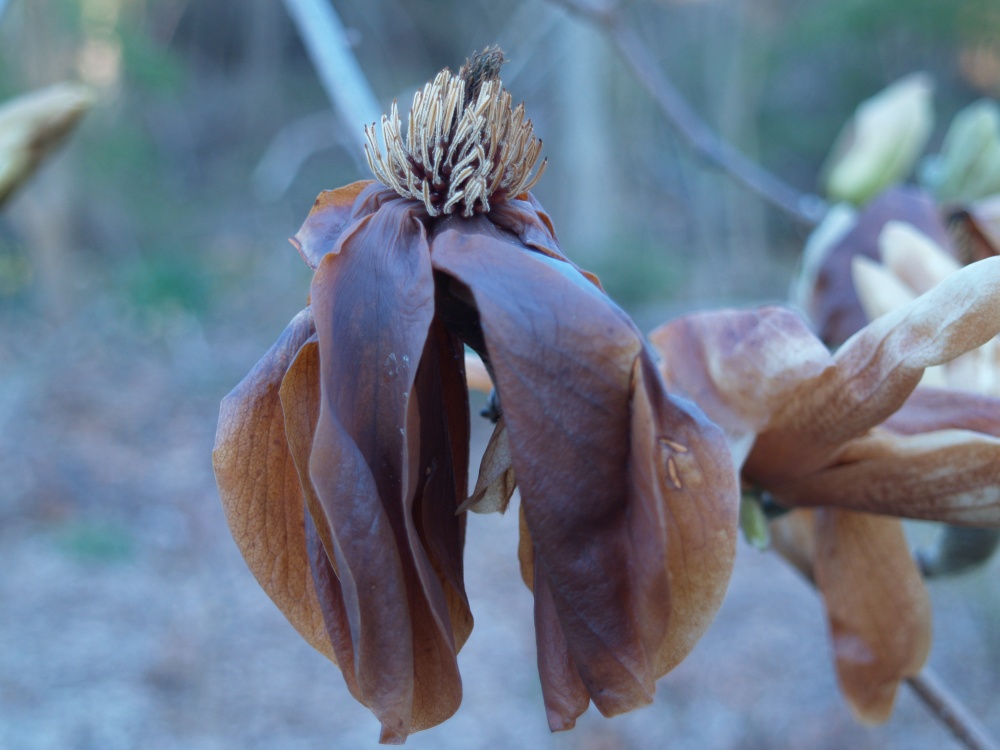
Which one of these do you think is the most shade tolerant?
Royal Star, Merrill, Jane, and Elizabeth grow in varied degrees os shade. Elizabeth flowers on part sun and shaded sides, and M. acuminata is a native to open understories.
Thanks!
The magnolia I really want is “Eternal Spring.” Waiting for CamForest to propagate it:
https://jcra.ncsu.edu/horticulture/our-plants/results-by-name-serial-number.php?serial=121448
Eternal Spring appears similar to Magnolia figo that was once under Michelia. I have a small potted Magnolia figo ‘Hagiwara Everblooming’ from Nurseries Caroliniana that will stay in a container until I find a spot for it.
I also have M. figo ‘Hagiwara Everblooming’ from NurCar. The flowers seem a little different? Eternal Spring’s flowers seem more whiter and fuller?
Magnolias were a minor crop for us for a while, but were discontinued because they were so unpopular. Although most perform reasonably well in the mild climate here, they remain uncommon. (Southern magnolia was too common years ago, but that is a completely different type of magnolia.) Star magnolias were my favorite, but unfortunately, happen to be the type that does not perform well. There is one at work, but is not happy.
Here, deciduous magnolias run far behind dogwoods, redbuds, and cherries, and ones that flower a few weeks later to lessen the chance for freeze damaged blooms are most popular.
They seem to do that where winters are cooler. I would not mind the early bloom here, except that it sometimes gets ruined by rain. Star magnolia does not perform well here, but at least it waits for spring to bloom.